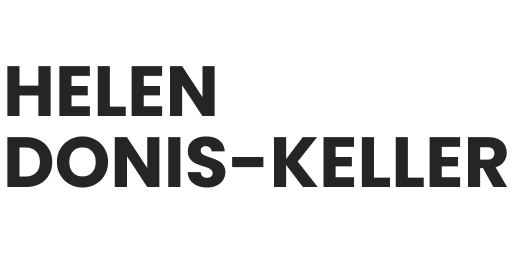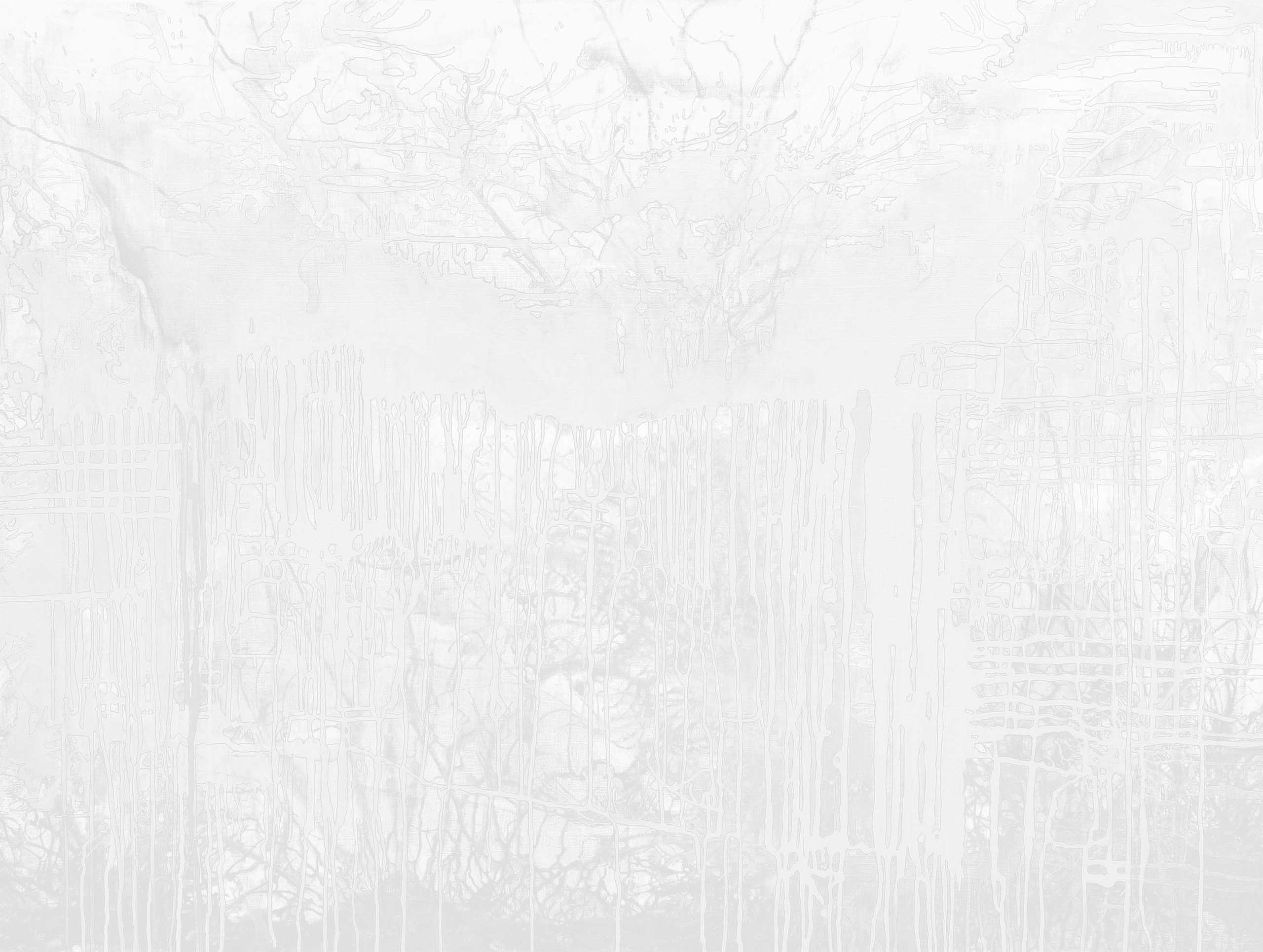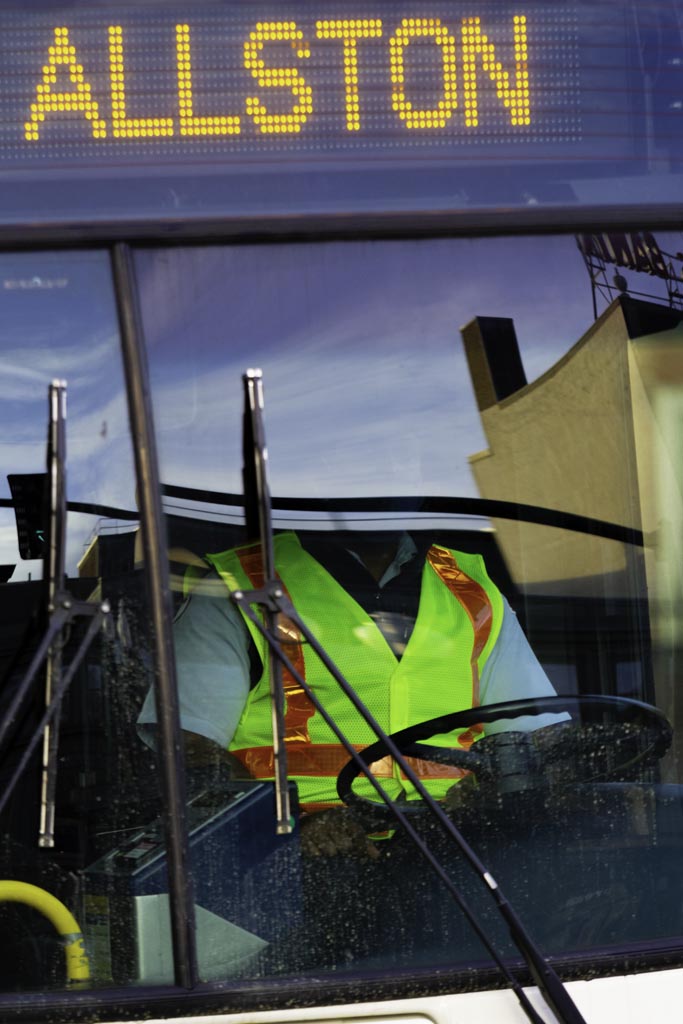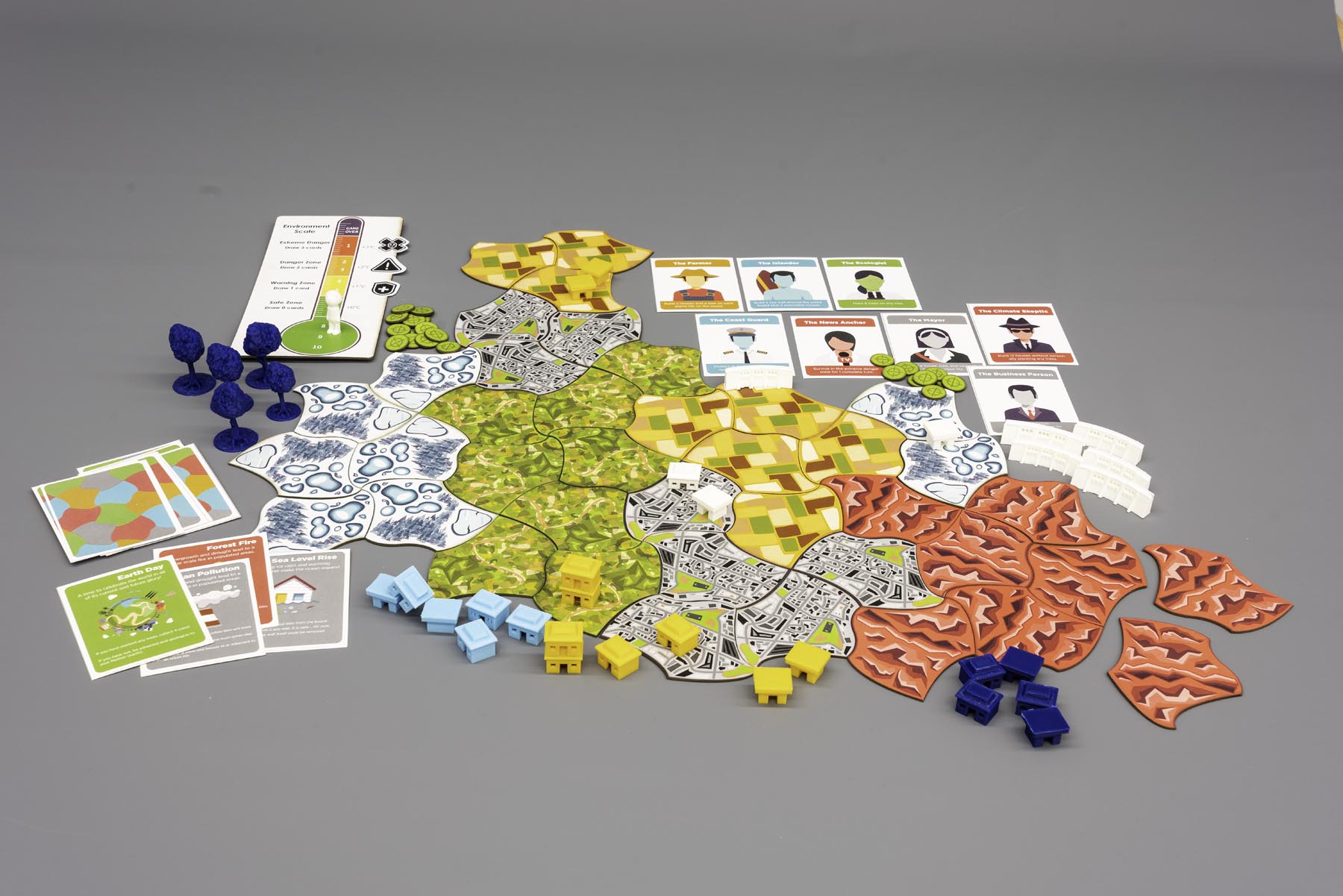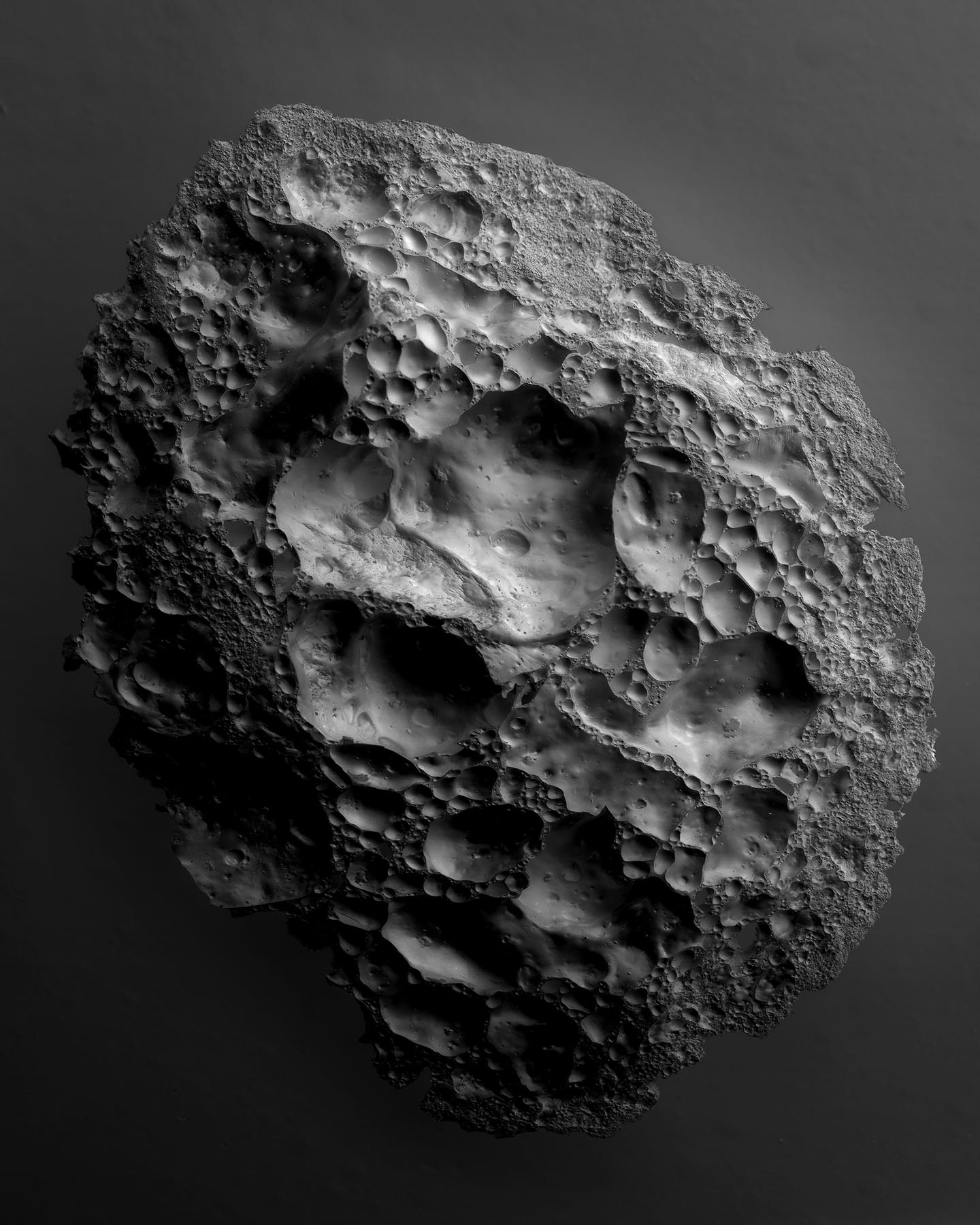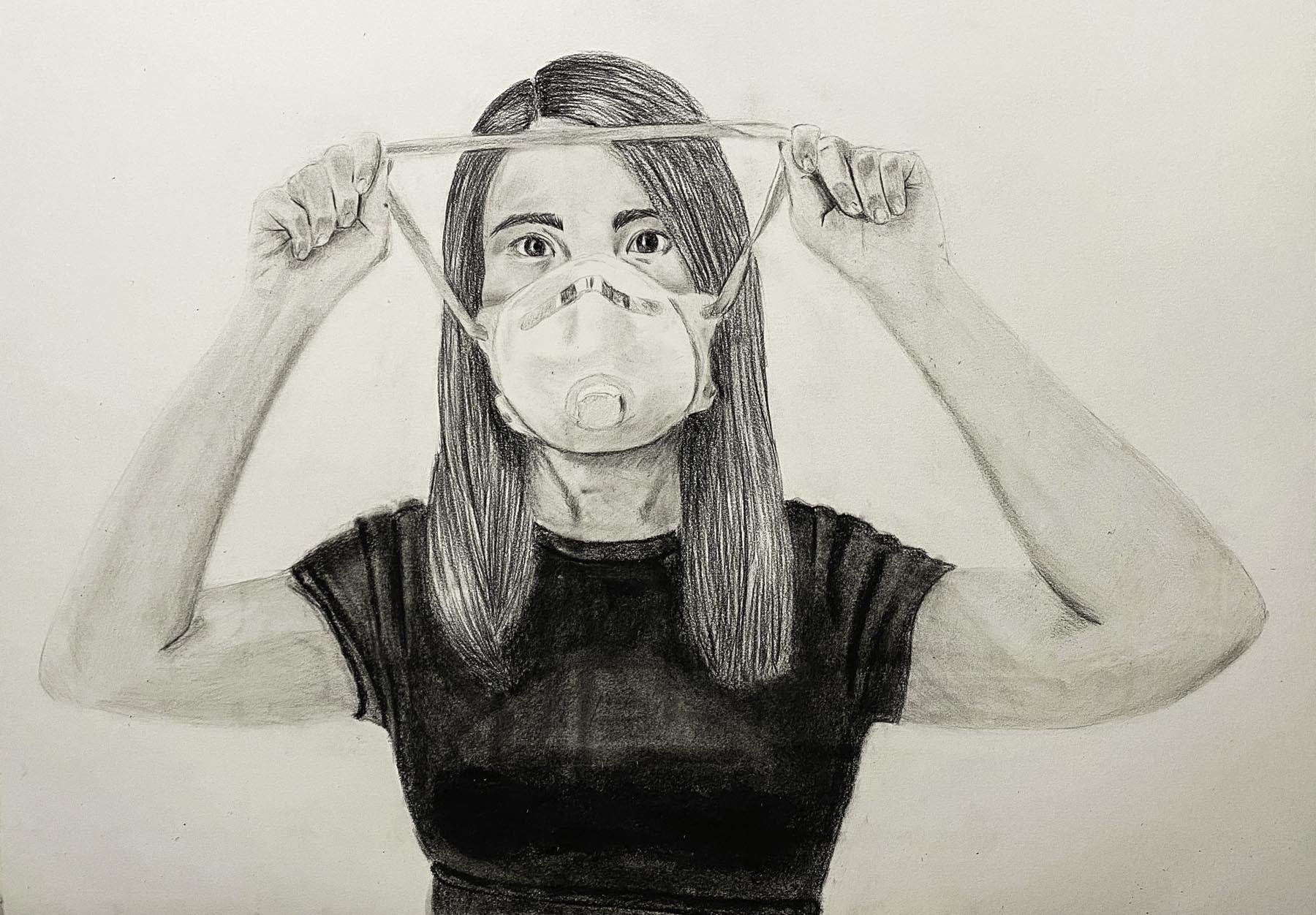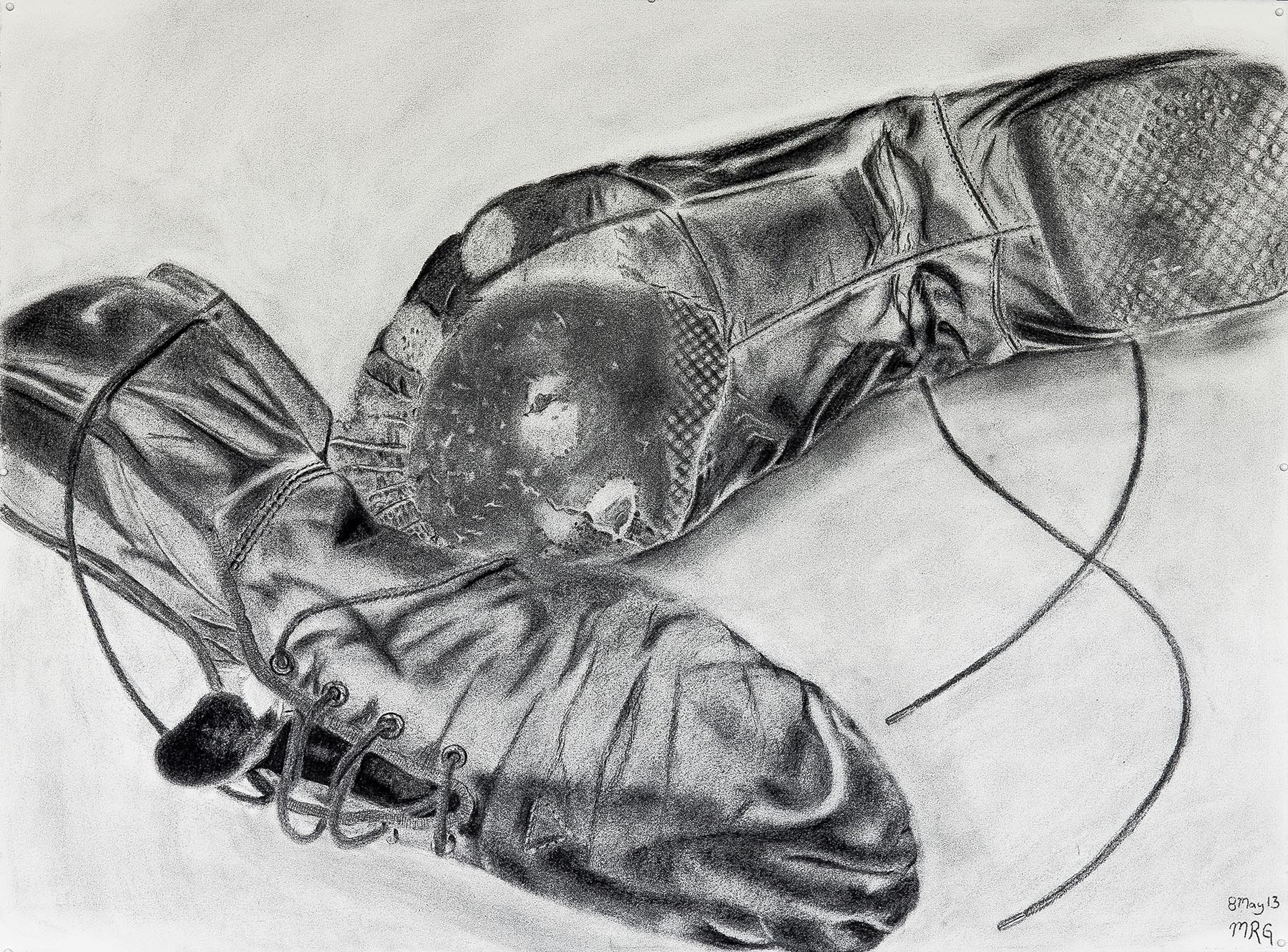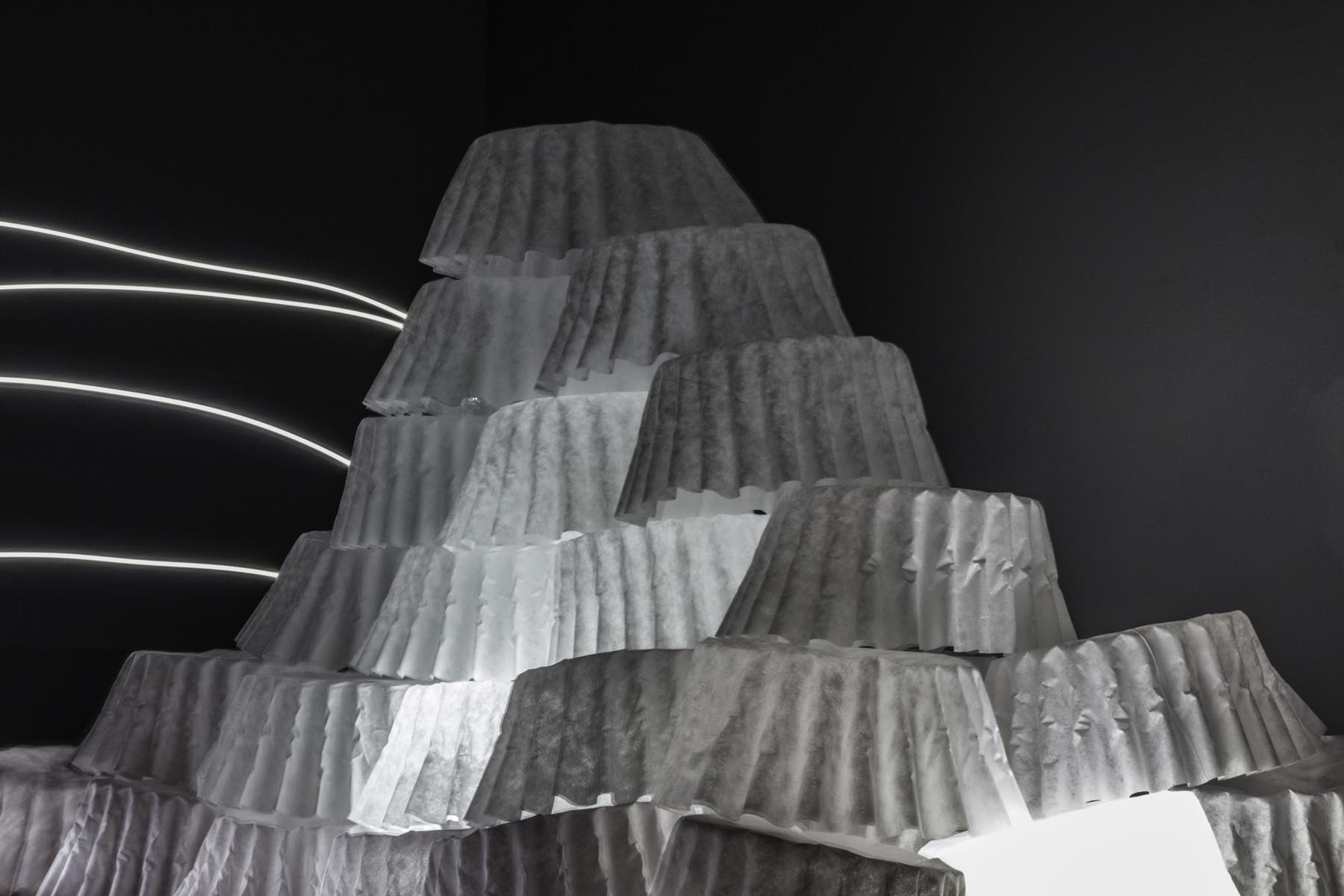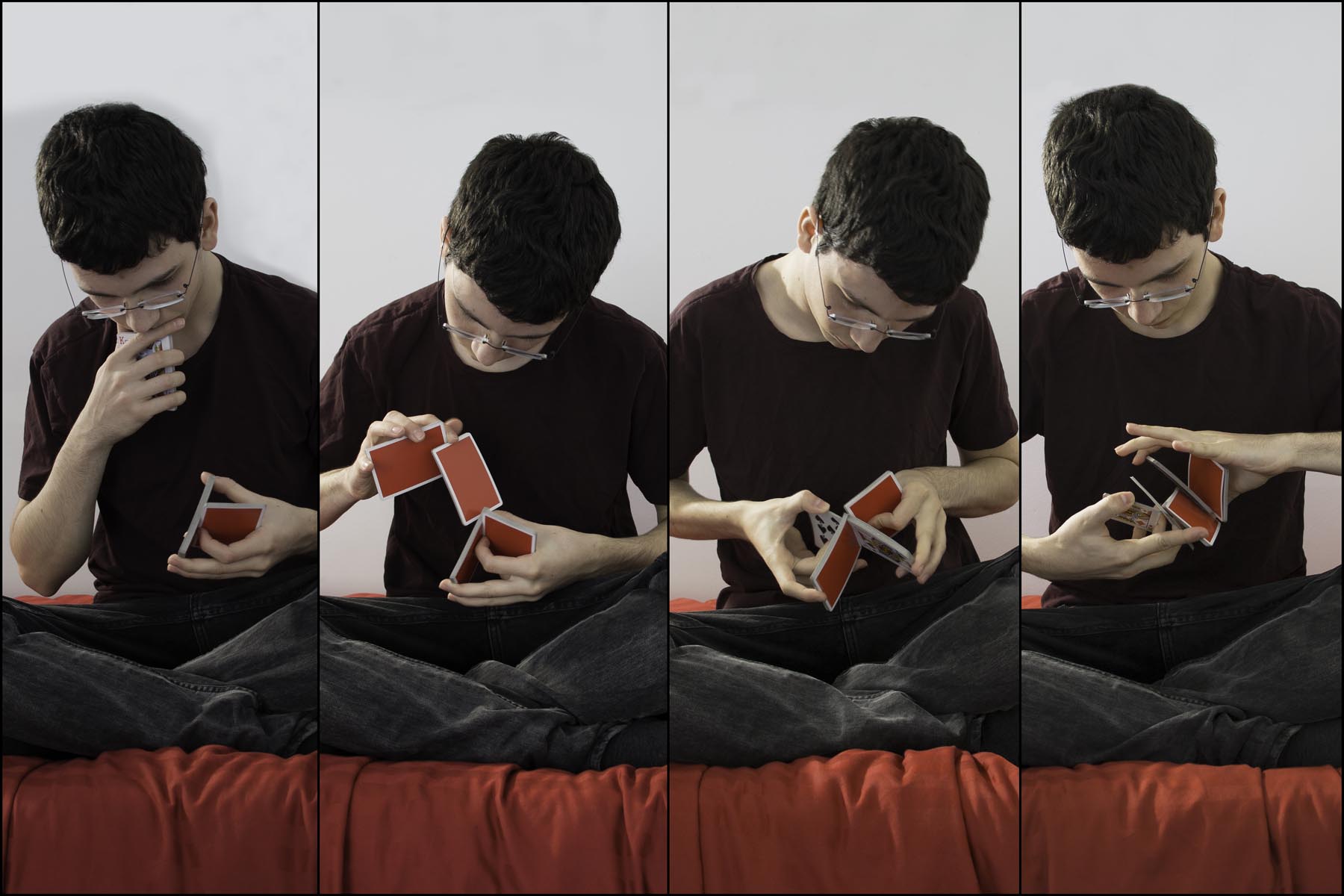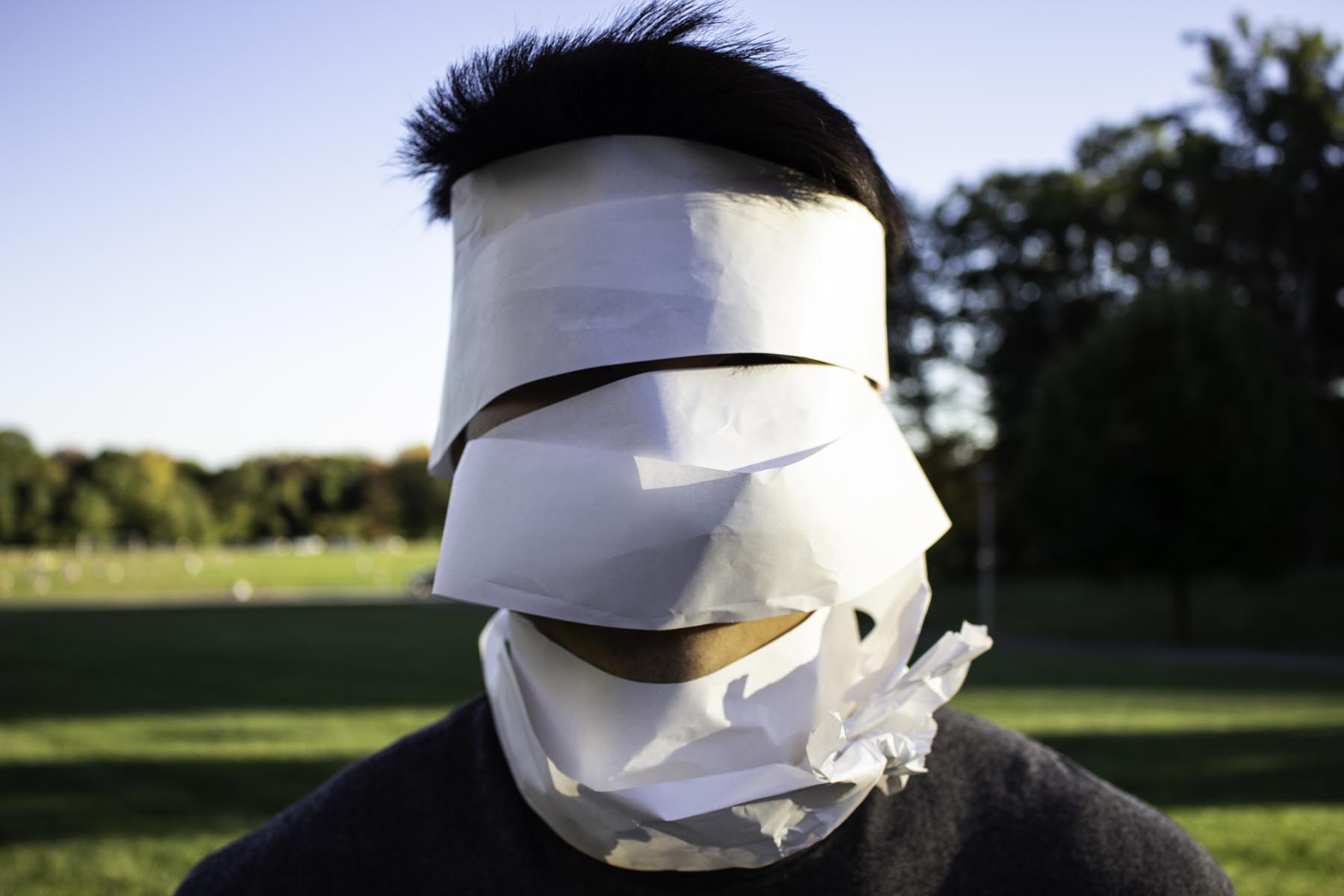Course Descriptions
Current Courses Offered by Helen Donis-Keller at Olin CollegeBCB: Biomes, Climate Change, and Biodiversity
Credits: 4 SCI, fulfills biology requirement or an elective for E: Sustainability concentration
Usually Offered: Fall or Spring
Biology is, by definition, the study of life. In this course we will travel from the biosphere to the molecular level as we learn about how life works and the intersections between global warming and the resultant changes to climate that affect all organisms that inhabit planet Earth. Student experience will preference hands-on project-based experiential learning opportunities. Basic principles of genetics, evolution and molecular biology will form a framework from which biodiversity will be studied and biomes understood. The mission is to obtain a holistic appreciation for planet Earth and its inhabitants. This course is for anyone interested in the sustainability of our planet from the perspective of biology. As such the course content is inextricably linked to topics such as environmental justice, agricultural practices, policy development, and human population growth. Activities include laboratories on cooking plant-based meals with Olin’s executive chef, bio-lab analysis of your own DNA, speakers working at the intersection of biology and engineering share what they do.
Bio-Lab and other images
Digital Photography: Seeing is Believing
AHSE 2135
Credits: 4 AHSE
Usually Offered: Fall
This course is all about the communication of ideas and developing an independent creative voice in the visual arts using digital photography as the medium of choice. Fine art photography and documentary photography are the twin focus areas with doing good in the world prioritized. Digital Photography: Seeing is Believing is a hands-on course taught in studio mode, project-based with weekly homework assignments and several major projects that allow longer-term project engagement. Digital single-lens reflex (DSLR) cameras, digital editing tools and printing capabilities are provided. Gaining technical facility with these tools is an important goal. We consider the many interpretations of fine art photography from traditional landscape work to conceptual art. How photography can be used to do good in the world to call attention to climate change and mitigation efforts is an example of a longer term project. The work of contemporary fine art photographers and documentary photographers is studied and trips to museum and gallery exhibits are scheduled as appropriate as are field trips with the class to capture images in interesting locations. Students with no prior experience with photography are strongly encouraged to enroll in this course and are as welcome as those who have already discovered a passion for creative expression using photography.
The Intersection of Biology, Art and Technology (IBAT)
Credits: 4 AHS, 4 SCI
Usually Offered: Spring
This course crosses boundaries between art, biology and technology, via hands-on projects inspired by work in all three fields. The overarching principle of the course is that biology, art, and technology are inextricably linked so it makes sense to offer a course that explicitly speaks to all three disciplines. My personal goal is to provide a learning environment that will enable students to move fluidly from one field to another and easily transition between thinking and doing so as to garner creative strength not possible from the perspective of each field alone. This intersection opens up thrilling questions: How do technological breakthroughs inform new possibilities in biology and art? How might biology inform art practice and how might art inform biological concepts? What are the implications of being able to change the genome of an organism? In answering these questions we will conduct a range of activities based on student preferences, which can include frontline genomic manipulation experiments, utilization of visualization technologies such as Scanning Electron Microscopy (SEM) to create artworks, first-hand interaction with expert practitioners in biology, art and technology fields, activism and climate change projects. In addition to laboratory experiments and other short-term projects there will be a final major student self-determined project. The topic is wide-open, and the only constraint is that it needs to be bio-inspired.
IBAT is shaped around topics and themes. For example, we are now well into another geological epoch termed the Anthropocene, which is a chronicle of the effects of human activity on the biosphere. It is fitting that we begin the course with an investigation of the phenomena of climate change, the loss of biological diversity, disappearance of habitats and consider what steps we might take individually and collectively to contribute to the sustainability of the planet and its inhabitants. Evolution is the unifying theme in biology so we will consider major evolutionary concepts and appreciate the relationship between diversity and kinship. Other topics include study of some complex biological systems and what happens when the systems go awry such as in cancer and how new genetic technologies might be employed to eliminate the effect of the genetic difference and its outcome.
In addition to the integrated aspects of art in technology and biology we will address some interesting questions about art itself such as: Like language is art an essential component of what it means to be human? What is art after all? Why does authenticity matter? Is there such a thing as talent or is really all about hard work?
Biology: What an Engineer Needs to Know and Why
Credits: 4 SCI
Usually Offered: Fall or Spring
This course interrogates the subject of biology with a focus on what an Olin engineer needs to know and how biological knowledge and research methods might be applied to engineering thinking. This course fulfills the foundation biology requirement. Traditionally an introductory biology course would offer a standard outline appropriate for those who would go on to major in biology. However, I look at SCI1299 as the only biology course an engineer might take since almost none go on to major in biology. Therefore, I strive to make the course relevant to the future life of engineers as citizens who are informed and knowledgeable regarding modern biology without sacrificing depth and rigor that such non-major courses often fall victim. The course is topic and project oriented with a focus on important questions faced by Olin engineers as citizens, creative developers of technology and stewards of the environment of planet earth. Student-directed final projects figure prominently in the course as individuals or teams decide what is really important for an authentic biological experience to produce and share with the Olin community.
We will consider topics such as the science and applications of genome analysis and the inherent ethical implications of manipulation of the genomes of humans and other biological organisms. Some of the questions include: Who owns your genome and what do we mean by genetic privacy? Why not clone humans? What are anti-vaccine movements and expected outcomes with respect to human health? What is the origin and implication of rejection of public health measures versus support for individual freedom in the United States? We will study the development of the 2019 coronavirus caused Covid-19 pandemic and what is needed to prepare for the next inevitable pandemic. How does climate change relate to pandemics, to biodiversity and habitat loss? How might an engineer best approach these issues?
Hands-on experience with technologies in the laboratory includes sequencing one’s own gene for human taste and learning how the DNA sequence explains the observable outcome for taste or failure to taste bitter substances, identifying new viruses of soil bacteria and performing cutting edge technologies such as CRISPR gene editing. The use of video and photographic technologies to document and inspire support of biology and conserving our planet are also options for hands-on projects.
Responsive Drawing and Visual Thinking
Credits: 4AHS
Usually Offered: Fall or Spring
It is both a skill and an art to effectively represent three-dimensional objects from nature or in the “mind’s eye” on a two-dimensional surface in a way that is believable and aesthetically pleasing. Furthermore, drawing can be a way to advance one’s thinking about a particular problem, such as a design idea. Students in this course will make significant strides towards gaining freehand drawing skills, enhance their ability to observe from nature, improve their visual thinking skills, and produce works of art on paper. Like learning a language where grammar and syntax is key to the ability to express thoughts, the imagination can be liberated, and ideas committed to paper in an effective way once drawing fundamentals become internalized. This is a major goal. Drawing subjects include life models, still-life compositions, and on-site environmental drawing using graphite, charcoal, and conté. Participants will gain insight and appreciation for the works of the great masters of drawing, from history and in the present, by critical examination and discussion of selected works. Students will also gain experience with verbal communication by participation in group critiques of fellow students’ work and by effectively explaining their work to peers. Anyone can learn to draw realistically and this course welcomes people who have never taken a drawing course before. Assessment will be measured by improvement based on weekly homework assignments, classroom work, and two final major drawing projects.
The emphasis is on realistic depiction as compared to non-objective abstraction. Students will begin with basic exercises in drawing and rapidly move to more complex intensive drawing experiences. Approximately one-third of the classroom time will be used for drawing from a life model. Class discussion and sketchbook homework assignments will be an essential element in the learning process. Two major projects provide an opportunity to demonstrate learning at the end of the course. One project is a self-portrait that is compared to a self-portrait drawing completed on day one of the course and a second project that is an exploration in detail of an organic or inorganic object that is selected by each student.
Advanced Digital Photography
Credits: 4 AHS
Usually Offered: Fall or Spring
In this project-based course, students are encouraged to develop a photographic point of view matched with consistently well-crafted imagery informed by the work of leading contemporary photographers. The class is essentially about visual communication and the overall objective is to improve one’s ability to translate a personal vision into a form that can be understood by others. For the most part it is assumed that students in this course have taken the introductory course “The Digital Eye” or have equivalent experience with photographic media. While introductory courses are mainly concerned with individual images, this course is designed for consideration of images in terms of multiples that relate to each other. Key to our process is critical thinking and developing an ability to provide objective helpful criticism to colleagues and to receive and benefit from comments of one’s peers. For this reason, participation in classroom critique sessions is considered a significant learning activity.
While communication with visual images is paramount, technical issues will be addressed in some depth. For example, there will be instruction and practice with image capture and editing as needed e.g. drone photography, astro-photography, using filters in the field, color management methods and printing, Adobe Lightroom/Photoshop tools and techniques, graphic design and book production methods. Initial projects will stimulate creative thinking and group critiques will help monitor progress and inspire new directions. Regular homework assignments facilitate creativity and encourage exploration in support of the major project, a photo-based book project on a topic of each student’s choice. A critical awareness of the medium of fine art photography will be fostered through selected readings, discussions, viewing documentaries and visits to galleries and museums.
The Digital Eye
Credits: 4 AHS
Usually Offered: Fall, for first year students
This course is all about developing a creative voice in the visual arts using photography as the medium of choice. The Digital Eye is project-based, hands-on and taught in studio mode with weekly group critiques providing a means to exchange ideas and encourage growth. Digital single-lens reflex (DSLR) cameras, digital editing tools and printing capabilities are provided and gaining technical facility with these tools is an important goal. The work of contemporary fine art photographers will be studied in depth and trips to museum and gallery exhibits will be scheduled as appropriate as will field trips with the class to capture images in interesting locations.
As this is an AHS foundation course, students also have an opportunity to further develop written communication skills and critical thinking ability. A major research project on a photographer chosen by the student culminates with a high quality manuscript. We will consider the many interpretations of fine art photography and the visual communication of ideas.
Homework assignments are designed to reinforce material introduced in class and to encourage creativity and personal investigation of issues raised during course meetings. Two major projects offer the opportunity to demonstrate cumulative learning at the end of the semester.
One project is an investigation of identity with a self-portrait and the other is an homage to a favorite photographer.
Students with no prior experience with photography are strongly encouraged to enroll in this course and are as welcome as those who have already discovered a passion for creative expression using photography.
Mentor for Visual Arts Capstone Projects
Credits: 4 AHS
Hours: Tutorial hours arranged
Usually Offered: Fall or Spring
The AHS Capstone is an advanced, self-designed AHS project that builds upon a student’s prior experience in one or more AHS disciplines. All students must complete either an AHS Capstone or an Entrepreneurship Capstone in order to graduate. AHS Capstones must be proposed to the AHS Committee and approved by the end of the academic year prior to the Capstone except in extenuating circumstances. Additional information on the AHS Capstone is available at http://projects.olin.edu/ahs. AHS Capstone students will complete a proposal, a journal, a disciplinary deliverable, an analysis of their deliverable, and a presentation. Class sessions will vary between “plenary” meetings of all students and faculty, small group workshops, and individual meetings.
